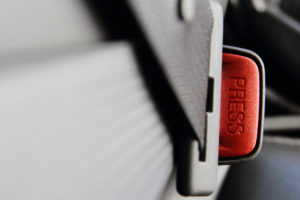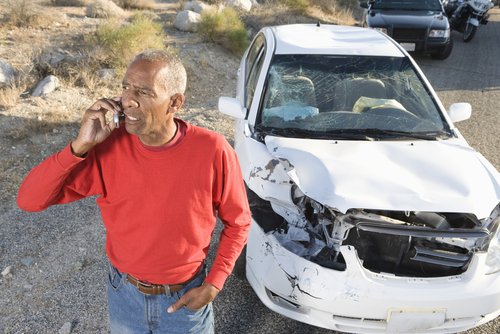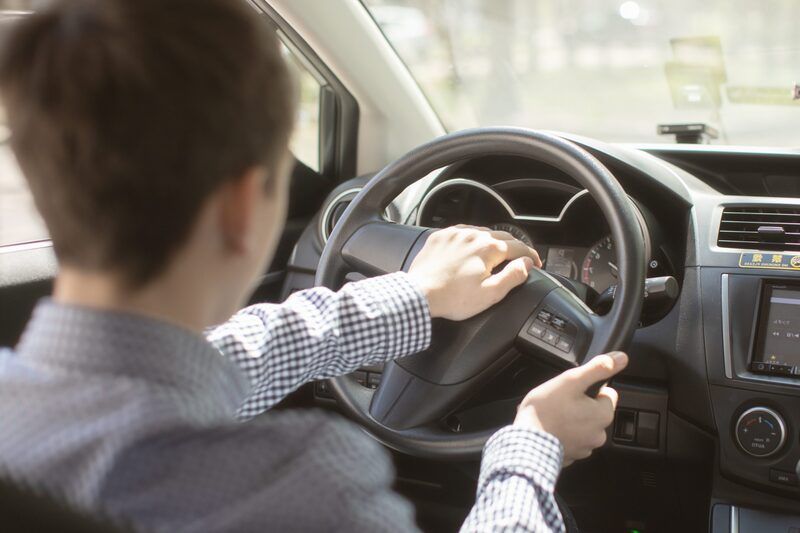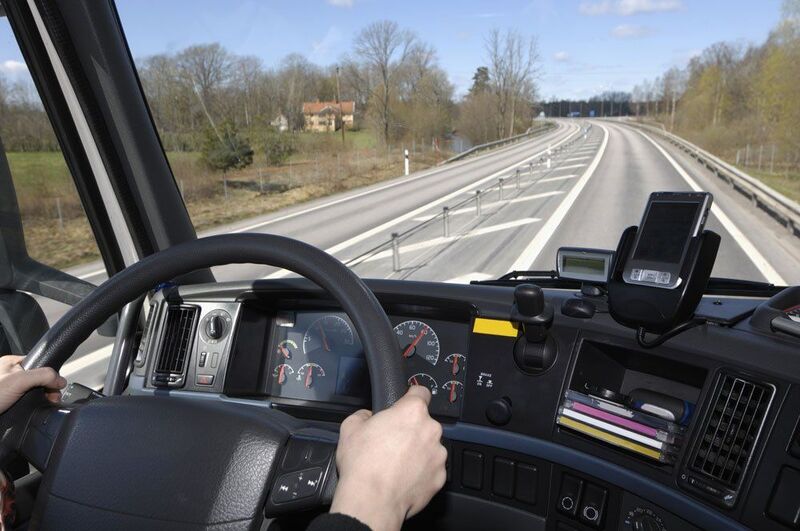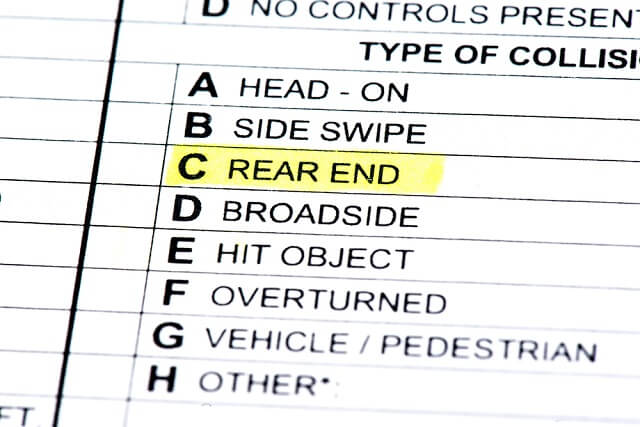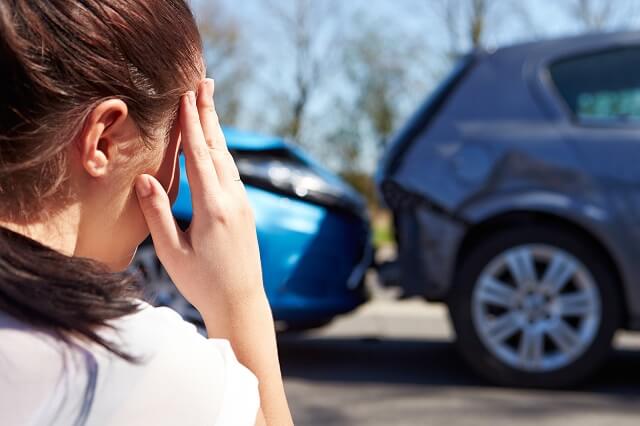When you get into a car, fastening your seat belt is probably something you do automatically. You were taught it’s the best way to keep you safe in a motor vehicle accident, and no question wearing one dramatically improves your chances of surviving an accident.
According to the Louisiana Department of Transportation, 997 people died in car accidents in the state in 2021, breaking the previous record of 993 set in 2007. Fortunately, Americans are waking up when it comes to buckling up – the national seat belt use rate in 2021 was 90.4% percent. The statistics on seat belts make their overwhelming benefits clear:
- The National Highway Traffic Safety Administration (NHTSA) reported that seat belts saved an estimated 14,955 lives in 2017 and that 47% of passenger vehicle occupants killed in 2019 were not wearing seat belts.
- The CDC says that wearing seat belts and properly buckling children into car seats appropriate for their age and size can reduce the risk of serious injury and death in a car crash by at least half.
- Buckling up in the front seat of a car reduces your risk of injury by 50% and risk of death by 45%; in a truck, those rates increase to 65% and 60%, respectively.
Seat belts keep you secure; without them, you’re much more likely to be completely ejected from the car, ensuring severe injury or death. Airbags alone can’t provide complete protection; in fact, the force from a deployed airbag can kill you if you’re not buckled up or if the airbag malfunctions.
Unfortunately, there are also cases where seat belts can malfunction. What happens if your seat belt fails to protect you? While injury from a seat belt is extremely unlikely compared to the risks of not wearing one, the NHTSA estimates that seat belt failure causes three million injuries and 40,000 deaths every year.
Why Do Seat Belts Fail? 
Original seat belts laid only across the lap, leaving the torso, neck and head unprotected. The modern-day seatbelt, created for Volvo by an aviation engineer in the 1950s, protects you at three key points: the shoulder, chest and pelvic bone. These three-point belts have several components that can fail during a crash. Below are the most common types of seat belt failures.
Retractor failure: The retractor is designed to lock up when it experiences a sudden force. It secures the belt in place and prevents the wearer from flying forward when the vehicle is impacted in a crash.
Latch failure: The latch is the crucial contact point between buckle and belt. If it malfunctions, the seat belt will not lock.
Spooling: If the seat belt’s webbing extends too much, it won’t keep wearers secure. It will slacken the belt instead of tightening it upon a sudden stop.
Excessive length: Too-long belts can prevent tightening or cause colliding with the steering wheel.
Anchor failure: This occurs when one or more of the three anchor points connecting the seat belt malfunction.
Unlatched belt: Inertial unlatching occurs when the force of a crash disengages the release mechanism. False latching is when the wearer mistakenly thinks they are fully buckled in. During a car accident, the release mechanism can also be triggered by a part of the person’s body.
Incorrect sizing: Seat belt designers don’t always think about larger or smaller than average passengers, particularly children, and the belt can sit too high on the stomach or stretch across the neck instead of the shoulders.
Seat Belt Recalls
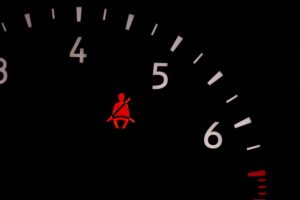 Many auto manufacturers have recently recalled seat belts due to design flaws. In February 2022, Tesla recalled more than 800,000 vehicles because of a faulty seat belt reminder chime. According to the recall notice, sometimes the alert “doesn’t chime in a situation where a driver is unbuckled – and the alert is sounding – but then leaves the vehicle, and remains unbuckled when they return.” And just last month, Hyundai began recalling nearly 150 new Elantras and Elantra Hybrids to replace a faulty seat belt component known to explode in a crash.
Many auto manufacturers have recently recalled seat belts due to design flaws. In February 2022, Tesla recalled more than 800,000 vehicles because of a faulty seat belt reminder chime. According to the recall notice, sometimes the alert “doesn’t chime in a situation where a driver is unbuckled – and the alert is sounding – but then leaves the vehicle, and remains unbuckled when they return.” And just last month, Hyundai began recalling nearly 150 new Elantras and Elantra Hybrids to replace a faulty seat belt component known to explode in a crash.
Defective seat belts can lead to fatal or disabling injuries to the head, neck, chest, arms and legs. In a car crash, seat belt failures can cause passengers to be thrown through a windshield or out of the car, resulting in severe injuries to the body such as the spinal cord that could partially or fully paralyze you.
Following a crash, a forensic accident expert can determine whether the injury occurred because the victim wasn’t wearing a seat belt or because their seat belt failed. A Louisiana personal injury attorney experienced in dangerous and defective products will know the ins and outs of this process.
Louisiana Seat Belt Laws
Seat belt laws in the United States are primary or secondary. Primary means that a police officer may pull you over and cite you simply for not wearing your seatbelt. Secondary means you can be cited for a seat belt violation only after being stopped for another lawful reason. Every state except New Hampshire requires adults to wear seat belts; all 50 states require them for children.
In Louisiana, seat belt laws are primary for all drivers and passengers aged 13 and older. Children aged eight years and under must be restrained in a booster or car seat.
Follow these guidelines to maximize your safety while buckling up:
- Secure the lap and shoulder belt across your rib cage and pelvis; these areas of your body can withstand crash forces better than others
- Rest the lap belt across your hips, not your stomach
- Place the shoulder belt across the middle of your chest, away from your neck
- Never wear your belt improperly, such as with the shoulder piece behind your back or under your arm
- Check the fit of the seat belts before buying a new car, and ask if adjusters are available
How a Louisiana Personal Injury Attorney Can Help
If you or a loved one is injured or killed in a crash due to a failing seat belt, you might be able to file a lawsuit against the automaker or the seat belt manufacturer. Possible recoverable damages include medical bills, lost income or earning capacity, pain and suffering, wrongful death and more.
Dangerous products, like a faulty seat belt, fall under product liability law, which means that anyone associated with the design, construction, or sale of the seat belt can be at fault.
In Louisiana, a plaintiff must prove that the seat belt was the cause of their injury while in reasonable use. These claims require a thorough knowledge of the Louisiana Products Liability Act. The Herman, Herman & Katz team is well-versed in this complicated area and will work tirelessly to get the compensation you deserve. Call us at 844-943-7626 for more information or fill out our online contact form for a free consultation.
Free Case Evaluation
More About HHK
Other Car Accidents News
After you are involved in an auto accident, it is […]
Throughout the country, speed limits are increasing. From highways to city streets, drivers […]
A plaintiff in an automobile accident case can usually count […]
New Orleans, LA Car Accident Compensation Lawyer Car accidents, even […]
New Orleans, LA Uber Driver Accident Injury Lawyer Uber and […]

